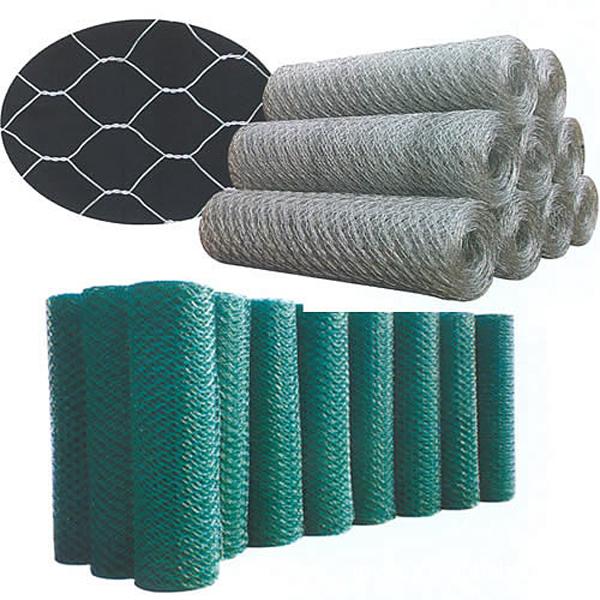
- Mobile Phone
- +8613931874955
- sales@cntcmetal.com
Ladder Style Horizontal Joint Reinforcement for Enhanced Structural Integrity
Understanding Ladder Type Horizontal Joint Reinforcement
In the realm of construction and structural engineering, the integrity and durability of structures are paramount. One of the key elements that contribute to this is the use of reinforcement methods for walls, particularly in masonry construction. One effective technique is the ladder type horizontal joint reinforcement, a method that enhances the structural stability and durability of masonry walls.
What is Ladder Type Horizontal Joint Reinforcement?
Ladder type horizontal joint reinforcement consists of a system of horizontal wires or bars positioned within the mortar joints of masonry units. This type of reinforcement resembles a ladder in its configuration, with horizontal and vertical elements that provide enhanced tensile strength to the wall. It is typically made from steel, which offers superior strength and flexibility, thus improving the load distribution and overall stability of the structure.
Applications of Ladder Type Reinforcement
Ladder type horizontal joint reinforcement is commonly used in various construction scenarios, including
1. Residential and Commercial Buildings It is often implemented in both residential homes and larger commercial structures to bolster the walls against lateral forces such as wind and seismic activity. 2. Retaining Walls In retaining walls, this reinforcement aids in resisting soil pressure, thereby preventing structural failure due to excessive load.
3. Interior Partitions It is also used in non-load bearing interior walls to enhance their performance, particularly in areas susceptible to vibrations or movements.
Benefits of Ladder Type Horizontal Joint Reinforcement
1. Increased Stability By distributing lateral forces across the wall, ladder type reinforcement reduces the risk of cracking or failure, especially in areas subject to high wind or seismic activity.
ladder type horizontal joint reinforcement

3. Improved Load Distribution Ladder type reinforcement helps distribute loads more evenly throughout the wall, reducing stress concentrations that can lead to structural compromise.
4. Cost-Effective Solution Since this type of reinforcement can be easily incorporated into existing masonry work, it can be a cost-effective solution for strengthening walls without the need for extensive remodeling or reconstruction.
Installation of Ladder Type Reinforcement
The installation process for ladder type horizontal joint reinforcement is relatively straightforward. It involves the following steps
1. Preparation Before installation, masonry walls must be cleaned and inspected for any previous damages.
2. Placement The reinforcement is laid in the mortar joints at specified intervals as determined by structural requirements. Typically, it is placed every 16 to 24 inches, depending on the design specifications.
3. Mortaring Mortar is then applied to cover the reinforcement, ensuring that it is fully encased, which protects the steel from corrosion and improves bond strength.
4. Curing After the mortar is applied, proper curing methods must be followed to ensure that the masonry achieves its intended strength.
Conclusion
Ladder type horizontal joint reinforcement is a vital technique that enhances the stability and longevity of masonry structures. By integrating this reinforcement into building designs, engineers can create safer and more durable buildings that withstand the test of time and environmental challenges. It represents a blend of simplicity in design and efficacy in performance, making it an indispensable tool in modern construction practices. As buildings continue to evolve in complexity, so too will the methods we use to ensure their structural integrity, with ladder type horizontal joint reinforcement leading the way in effective masonry solutions.
share:
-
Why Sacrificial Formwork Is Redefining Underground ConstructionNewsJun.06,2025
-
The Structural Dynamics of Modern Concrete: How Snake Spacers Revolutionize Flexible ReinforcementNewsJun.06,2025
-
Snake Spacers Smart-Lock Concrete Reinforcement with Surgical PrecisionNewsJun.06,2025
-
Snake Spacers: Reinforcement Precision for Modern Concrete ProjectsNewsJun.06,2025
-
Snake Spacers Powering Concrete's Structural DNANewsJun.06,2025
-
Slither into Success: Snake Spacers' Precision Bite for Unbreakable ReinforcementNewsJun.06,2025
-
Sacrificial Formwork: Building Stronger, Faster, and Safer StructuresNewsJun.06,2025



















